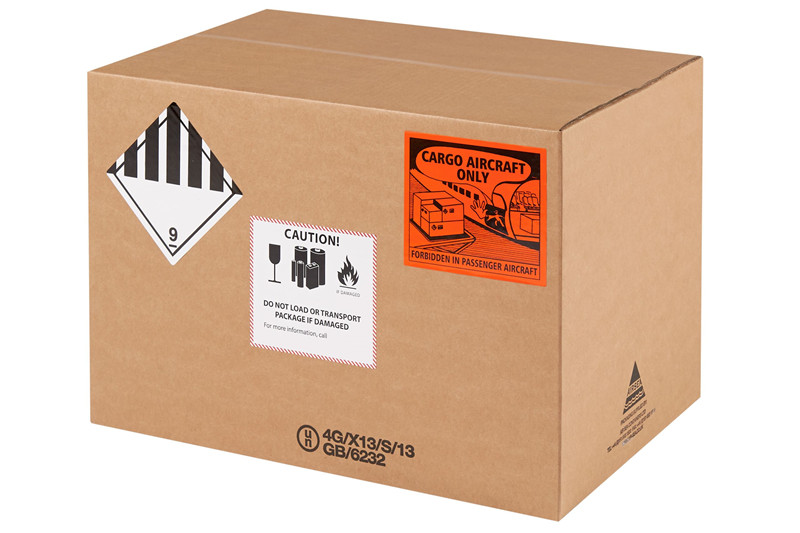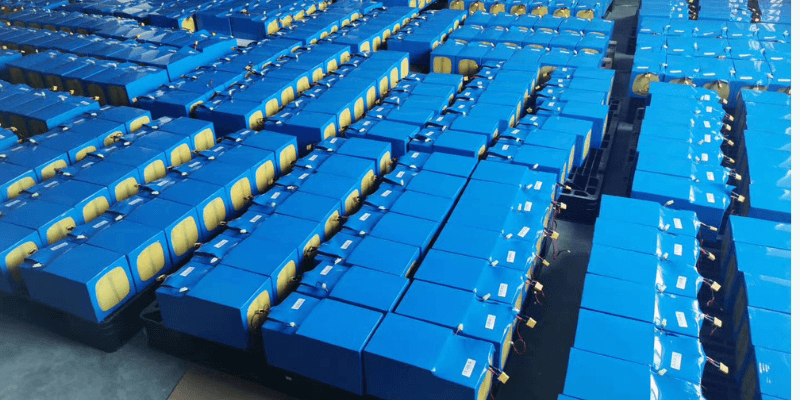핵심 내용:
- 리튬 배터리를 운송하려면 가연성, 열 런 어웨이 위험 및 폭발 가능성으로 인해 엄격한 규정을 준수해야합니다. 규정 준수는 다양한 국내 및 국제 기관에서 의무화됩니다.
리튬 배터리 오늘날 차량에서 휴대 전화에 이르기까지 대부분의 고성능 장치에 전력을 공급하십시오. 이 배터리는 다양한 크기, 와트 시간, 화학 및 볼륨으로 제공됩니다.
제조업체는 독립형 팩으로 설계 및 배송하거나 장치에 사전 설치하거나 장치와 함께 포장합니다. 리튬 배터리를 배송하는 데 사용하든 국가 및 국제 제한을 따라야합니다.
리튬 배터리의 운송에 엄격한 규정이 필요한 이유는 무엇입니까?
리튬 셀과 배터리는 다음과 같은 잠재적 위험으로 인해 운송의 위험물로 분류됩니다.
- 전해질의 가연성 및 부식성.
- 배터리 과열로 인한 열 폭주.
- 단락으로 인해 발생하는 화재 또는 폭발.
리튬 배터리 배송 규정
리튬 배터리 운송에는 엄격한 규정이 적용됩니다. 이러한 규정에는 다음이 포함되지만 이에 국한되지는 않습니다.
- 미국 교통부(점) 리튬 배터리의 분류, 포장, 라벨링 및 운송 문서 요구 사항을 언급하는 위험 물질 규정입니다.
- 국제해사기구(IMO) 위험물 코드는 주로 리튬 배터리의 해상 운송에 중점을 둡니다.
- 국제 민간 항공 기구(ICAO) 리튬 배터리 항공 운송에 대한 자세한 안전 지침을 제공하는 기술 지침입니다.
리튬 배터리의 포장 요구 사항
리튬 배터리를 안전하게 여행하고 규정을 준수하기 위한 포장 요구 사항은 다음과 같습니다.
- 올바르게 라벨을 붙이세요: 모든 패키지에는 독립형 또는 장치에 통합된 리튬 배터리 또는 셀이 포함되어 있으며 전원을 선언하고 위험 표시를 표시하는 라벨을 부착해야 합니다.
- 단락 블록: 포장은 전기 연결로 인한 단락을 방지해야 합니다.
- 결함이 허용되지 않음: 결함이 있거나 손상된 배터리는 여행에 절대 허용되지 않습니다.
- 재활용 규칙: 재활용을 위해 제조업체에 반환되는 배터리는 항공사의 승인 없이는 비행할 수 없습니다.
- 체중 감시자: 리튬 배터리의 무게가 35kg을 초과하는 경우 국가 당국의 승인이 필요합니다. 특정 유형의 경우 최대 35kg의 가벼운 하중이 허용됩니다.
- 볼륨 문제: 100Wh 미만의 대용량 리튬 이온 배터리는 패키지당 10kg으로 제한되며, 저용량 배치는 5kg으로 제한됩니다.
- 일부 승객은 여객기를 이용할 수 없습니다: 화물 태그가 부착된 리튬 배터리 및 셀은 여객기에 반입이 금지됩니다. 화물로 배송되는 경우 충전량이 30% 이하여야 합니다.

리튬 배터리 배송 팁
리튬 배터리를 안전하게 운송하려면 다음 모범 사례를 구현하는 것이 좋습니다.
- 팀 인증: 모든 운송 인력이 적절한 교육을 받고 관련 자격증을 보유하고 있는지 확인하십시오.
- 평판이 좋은 통신사와 제휴: 평판이 좋은 특송 서비스 제공업체와 협력하여 규정을 이해하고 준수하도록 보장합니다.
- 최신 규정을 준수하세요. 최신 규제 요구 사항을 충족하기 위해 운송 프로세스를 정기적으로 검토하고 업데이트합니다.
- 필수 문서 준비: 위험물계약서, 물질안전보건자료(MSDS), 리튬배터리 운송에 필요한 서류 및 증명서를 준비하세요. UN38.3 자격증.
비준수로 인한 결과
리튬 배터리 운송 규정을 준수하지 않으면 다음과 같은 결과가 발생할 수 있습니다.
- 화물 운송이 거부될 수 있습니다.
- 높은 벌금과 법적 책임에 노출될 수 있습니다.
- 비즈니스 평판이 손상될 수 있으며 향후 운송 활동이 금지될 수도 있습니다.
- 가장 심각하게는 안전사고로 이어져 인명 피해와 재산 피해가 발생할 수 있습니다.
결론
리튬 배터리를 운송하려면 정교하고 세심하게 규제된 접근 방식이 필요합니다. 안전을 보장하고 표준을 준수하려면 리튬 배터리 배송과 관련된 모든 당사자는 지식이 풍부하고 관련 규정을 준수해야 합니다.
모범 사례를 따르고 엄격한 감독을 유지함으로써 운송 과정의 위험을 완화하고 인간의 안전과 환경을 보호할 수 있습니다.

